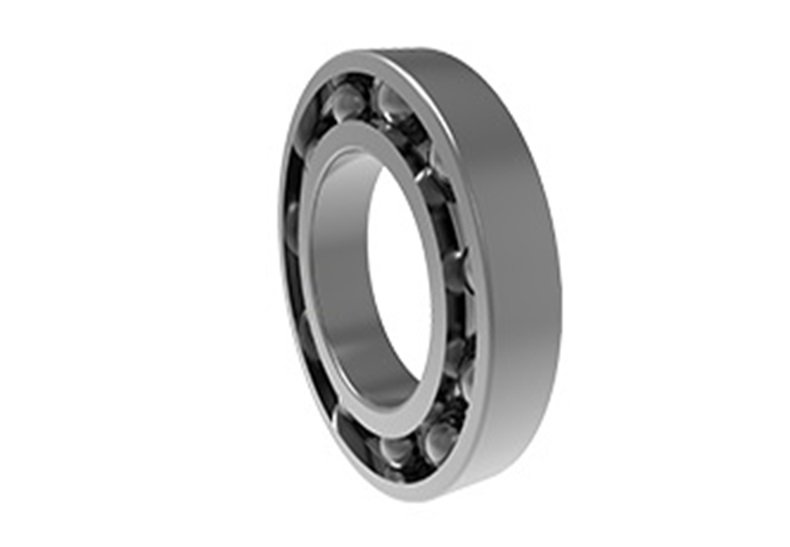Adjustment of the Preload of Cross Roller Ring Bearings and the Reasons It Can Increase Speed
In the modern industrial field, cross roller ring bearings have become core components of precision machinery and heavy-duty equipment due to their excellent performance. Preload adjustment and rotational speed are key factors in ensuring the efficient operation and extended lifespan of bearings, directly affecting their stiffness, precision, and the stability and reliability of the equipment. This article will delve into the techniques of preload adjustment for cross roller ring bearings and the reasons it can increase rotational speed.
Methods for Adjusting the Preload of Cross Roller Ring Bearings
Preloading, which is the initial force applied during bearing assembly, can eliminate internal clearance and boost bearing performance. Proper preloading can reduce vibration, decrease noise, extend bearing life, and enhance mechanical performance.
The radial preloading method is achieved by adjusting the axial position of the bearing's inner ring, particularly suitable for tapered bore bearings. Precisely controlling the position of the inner ring can achieve the desired radial negative clearance, enhancing spindle rigidity and precision.
Axial preloading includes position preloading and constant pressure preloading. Position preloading is achieved by adjusting the size of the bushing or shim, while constant pressure preloading uses springs or other elastic elements to apply preload, automatically compensating for changes in preload due to factors such as temperature and maintaining a stable preload state.
Axial clearance adjustment achieves preload by adjusting the axial clearance between the bearing's inner and outer rings. It requires precise clearance measurement and adjustment of preload accordingly, suitable for low-load applications.
The stacking preloading method stacks multiple bearings in the same bearing seat to achieve high preload, suitable for heavy machinery and industrial equipment.
The spring preloading method places a spring between the bearing seat and bearing cover to apply preload, controlling the preload size by adjusting the spring compression amount.
The threaded adjustment preloading method uses a threaded mechanism to adjust the bearing's clearance or tightness, offering convenient adjustments and accurate preload control, suitable for applications requiring frequent adjustments.
The hydraulic preloading method applies preload through a hydraulic system, offering precise control and is suitable for high-precision machine tools and measuring instruments.
Thermal expansion preloading utilizes the thermal expansion properties of materials to adjust preload by heating the bearing to make it expand, reducing internal clearance, and achieving preload, suitable for applications under specific conditions.
Reasons Why Cross Roller Ring Bearings Can Increase Machine Rotational Speed
Firstly, the internal structure of cross roller ring bearings adopts cross-arranged rollers, which are arranged at 90 degrees to each other. Additionally, the inner and outer rings of the cross roller ring bearing consist of two rings that are perpendicular to each other, connected by rollers. This structure allows the bearing to withstand forces in different directions, improving bearing load capacity.
At the same time, as the rollers are cross-arranged, a single set of crossed roller rings can withstand loads in all directions. This design simplifies bearing installation and use, reducing friction and resistance during machine operation.
Secondly, the rolling principle of cross roller ring bearings is similar to that of other rolling bearings. The rollers roll between the inner and outer rings to reduce friction and energy loss, achieving relative motion between the shaft and bearing. Due to their high rigidity, cross roller ring bearings can maintain a low friction coefficient while bearing heavy loads. This helps reduce energy loss during machine operation, thereby enabling more efficient machine operation.
Finally, when the working clearance of the cross roller ring bearing is positive, the rotational speed of the bearing increases. While this may lead to drawbacks such as excessive noise and insufficient rigidity, in many applications, the benefits of increased speed often outweigh these drawbacks. Therefore, cross roller ring bearings become the ideal choice in many high-speed applications.
In conclusion, preload adjustment is crucial for bearing performance and lifespan. The various preload adjustment methods for cross roller ring bearings help enhance bearing stability and precision, reducing vibration and noise, serving as important references for engineers in designing and maintaining precision machinery. Additionally, the unique structural design and working principle of cross roller ring bearings can reduce friction and resistance during machine operation, increasing machine operational efficiency and speed.















 English
English  français
français  Deutsch
Deutsch  italiano
italiano 


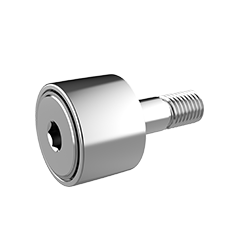
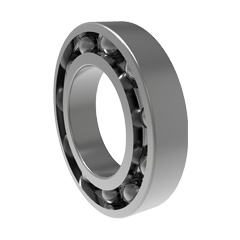

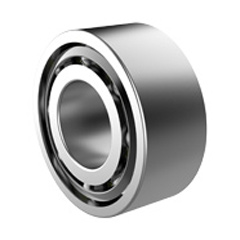
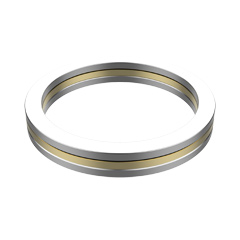


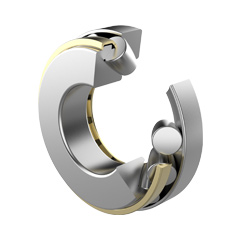
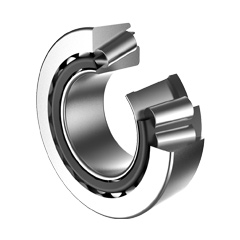
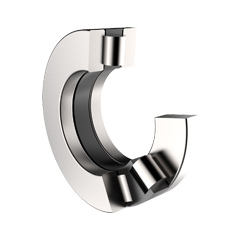
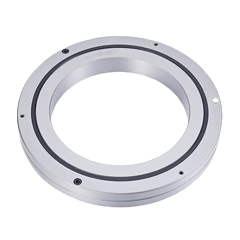
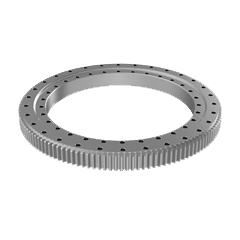

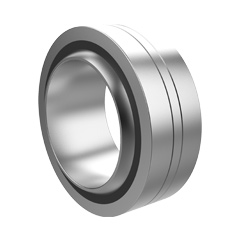

 English
English  français
français  Deutsch
Deutsch  italiano
italiano 



